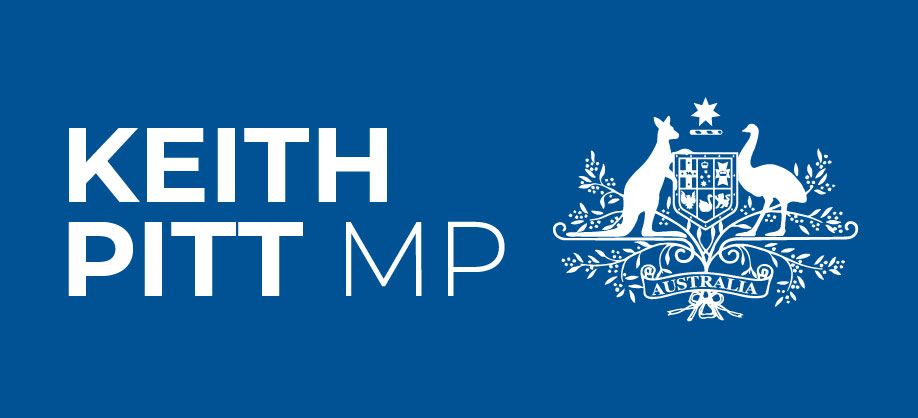Proposed Media Reforms
Statement from Keith Pitt MP re proposed changes to media ownership laws:
A National Party Media Reform Working Group was recently formed to address the economic, social and technological changes impacting rural and regional media coverage and operations.
New methods of delivery, changing usage patterns and ongoing structural reform within the media industry requires an examination of whether the current regulations best serve the needs of regional Australia.
If changes to reach rules allow the merging of regional and urban television networks, it is inevitable that broadcast operations will be centralised.
Local content is key to ensuring all Australians are informed, educated and entertained:
-
Locally produced regional content ensures people are informed about what is happening in their own communities. As well as contributing to the social and economic fabric of a community, local content is particularly important when emergency services need to communicate public safety messages etc. It is also vital to the democratic process of holding local politicians to account, and enabling people make an informed decision at election time.
-
Some 34 per cent of Australians live outside greater capital city areas. They deserve a voice too! Regional Australia is the engine room of the nation’s economy, producing 67 per cent of Australia’s total export earnings. Around 45 per cent of tourism expenditure occurs in areas outside of Australia’s capital cities. Broadcasting regional stories in capital cities helps build social cohesion and informs people about issues that affect all Australians, such as food security and water supply.
-
Small regional businesses rely on local broadcasters to advertise their products and services and would struggle to pay big city advertising rates. Regional communities must be encouraged to shop local, rather than buying online, to support the local economy and jobs.
-
Regional newsrooms are a training ground for young media professionals. Many of Australia’s most talented reporters attribute their success to having been ‘thrown in the deep end’ at the start of their career.
In regards to television broadcasting, the Working Group would like a ‘local presence’ requirement introduced. For example: of the current 90-point local content requirement, 60-points would need to be locally produced visual content. This would prevent newsrooms from solely broadcasting ‘rip and read’ headline-only bulletins from capital cities to meet ‘local content’ requirements.
The bottom line is that this debate shouldn’t be about what’s best for big media business – it’s about protecting the interests of regional Australians.

